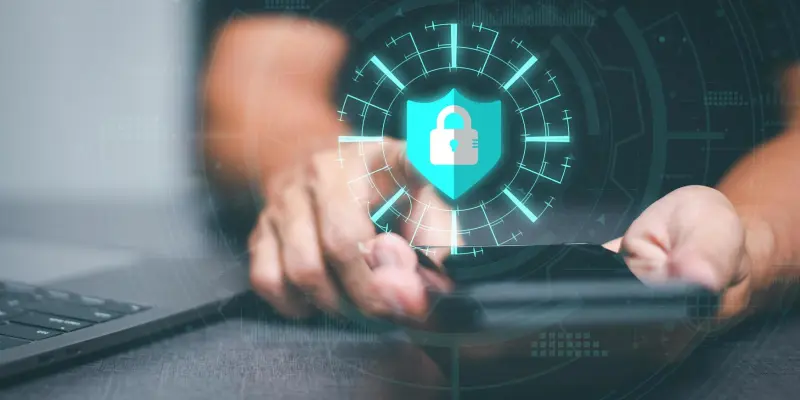With technological advances and increasing reliance on satellites for communication, navigation, and defense systems, the notion of satellites being immune to cyberattacks is rapidly being dispelled. Barbara Grofe, a space asset security architect at Spartan Corp, revealed startling insights into how even novice hackers could compromise these orbiting infrastructures. Despite theories suggesting that satellites are well protected due to their separation from terrestrial systems, Grofe emphasized their vulnerabilities by pointing out that every element, from onboard computers to subsystems, can be targeted. This revelation comes amid concerns highlighted by notable incidents such as the European Space Agency satellite hack in 2022, involving the manipulation of its camera and positioning, and Russia’s attack on Viasat that aimed to interrupt Ukrainian communications. These events spark serious questions about the adequacy of cybersecurity measures currently in place for space assets.
Misconceptions and Vulnerabilities
A recurring misconception is that satellites remain impervious to cyber threats due to their spatial detachment, creating an assumed security barrier. Grofe debunks this belief by divulging how the proficiency and cost-effectiveness of hacking tools, readily available on platforms like GitHub, make satellites susceptible to intrusion. The rise of space as a contested domain, with escalating tensions among powerful nations like the United States, China, and Russia, further complicates security protocols. Without exhaustive governance frameworks and definitive regulations, identifying the origins of cyberattacks becomes intricately challenging. This difficulty is accentuated by unreliable telemetry data, signal interference, and the shortcomings of existing logging systems. These vulnerabilities demand an immediate shift in handling and safeguarding these critical systems, underscoring the need for more robust procedures to shield satellites against potential cyber threats.
Strategic Importance in Modern Warfare
Satellites have increasingly become pivotal in modern warfare and communication systems, underscoring their vital role in strategic security. Grofe points to the indispensable contribution of commercial satellite operations in conflict zones like Ukraine, illustrating their profound influence on national defense mechanisms. This reliance has sparked debates regarding potential reductions in cybersecurity funding by public sectors. However, Grofe remains optimistic that heightened awareness of satellite-centric cyber systems’ significance will safeguard against drastic funding cuts. The growing realization of their importance in maintaining national security, especially in geopolitical dispute regions, demands better allocation of resources to ensure these systems remain resilient against burgeoning cyber threats from hostile entities. This also includes a push for concerted global efforts to establish comprehensive frameworks to regulate and protect these essential technologies.
Call to Action for Security Professionals
Grofe calls for an urgent reassessment of cybersecurity measures concerning space asset security, recognizing their impact on daily communication networks, media, and GPS mapping systems. Security professionals across industries are urged to amplify their cybersecurity processes, broaden their access to threat intelligence, conduct thorough architectural reviews, and potentially adopt advanced technologies, such as machine learning, for safeguarding critical assets. This proactive approach aims to bridge the gap between terrestrial and space systems by integrating comprehensive strategies to protect satellite infrastructures. The lack of comprehensive measures in space has contributed to a misguided perception of security, compelling organizations to rethink their cybersecurity strategies. The narrative serves as an international wake-up call, highlighting the need for enhanced awareness and action to safeguard these infrastructures against emerging cyber vulnerabilities.
Redefining Space Security
In conclusion, Grofe’s insights reveal a stark truth: space may not offer the ultimate protective barrier many have assumed. The glaring vulnerabilities of space assets necessitate a profound reevaluation of how directly intertwined they are with our everyday lives, prompting advancements in cybersecurity awareness and practices. With satellites playing such a critical role in the infrastructure connectivity fabric of modern society, it is imperative that heightened efforts are made to mitigate risks and fortify these systems against cyber threats. Addressing these challenges demands a unified approach, demanding collaboration among nations to foster robust cybersecurity frameworks that can withstand the intricacies of cyber warfare in the ever-evolving space frontier. This urgency is echoed as an avenue not just for defense but for sustaining the resilience and development of global communication and strategic operations reliant on satellite systems.

